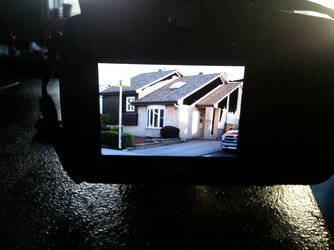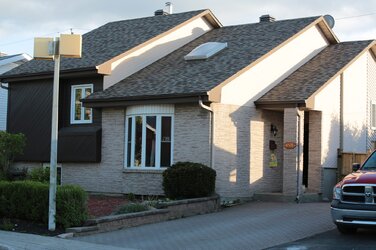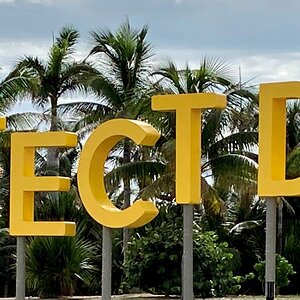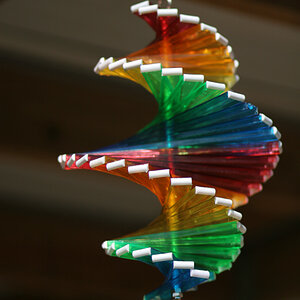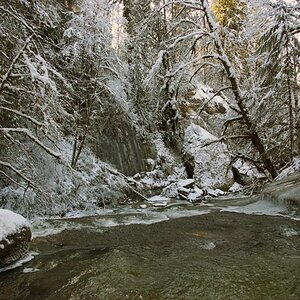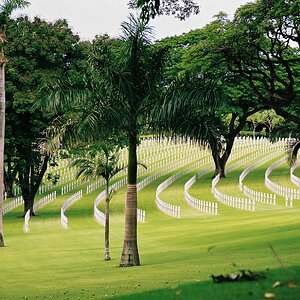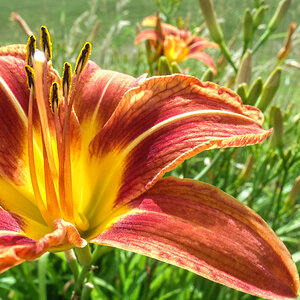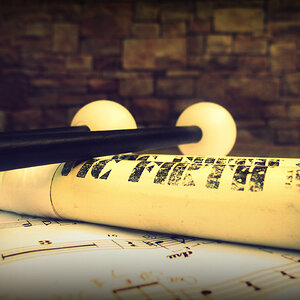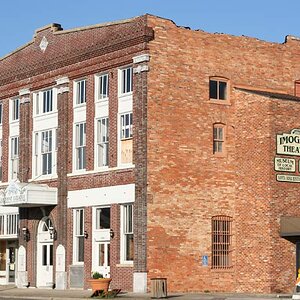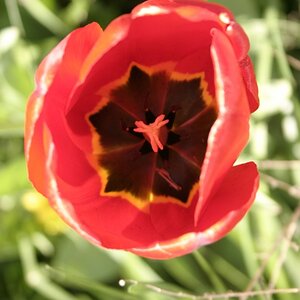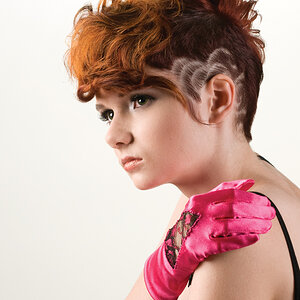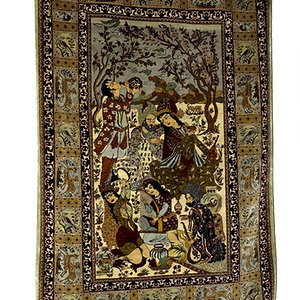dogsinfocus
TPF Noob!
I'm using a Canon 5D Mark III and 70-200mm f/2.8L IS II and using AV Aperture Priority setting F11 ISO 100 and Picture Style Faithful - AI Servo - Center weighted average outdoor white balance
I can't seem to get my dam picture to be correctly exposed for some reason they always too bright I'm in AV setting Aperture Priority
Please help me fix this solution i love doing outdoor shooting and I'm trying to shoot pets also
I uploaded 2 pictures too show you thanks
I can't seem to get my dam picture to be correctly exposed for some reason they always too bright I'm in AV setting Aperture Priority
Please help me fix this solution i love doing outdoor shooting and I'm trying to shoot pets also
I uploaded 2 pictures too show you thanks


